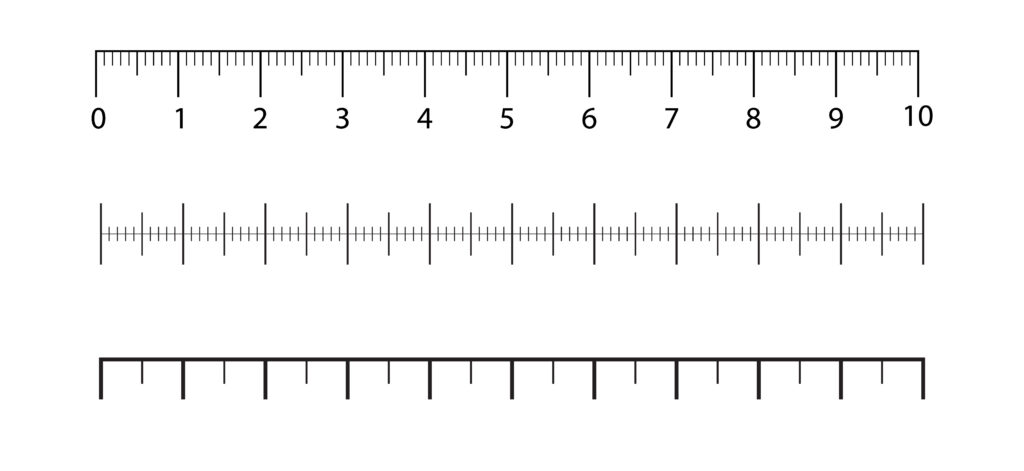Trigonometric Functions
Explore the powerful trigonometric identities for the sum and difference of two angles by building and measuring right-angled triangles in a geometric proof.
Help & Instructions
▼- **Follow the Steps:** Use the "Next Step" button to advance through the geometric proof.
- **Observe the Diagram:** The diagram will highlight the relevant parts for each step of the derivation.
- **Understand the Formulas:** The final steps will show how the formula for `sin(A+B)` and `cos(A+B)` are constructed from the parts of the diagram.
- Derive trigonometric sum and difference identities.
- Understand the geometric relationships that underpin these formulas.
- Reinforce the concepts of sine and cosine as ratios of sides in a right-angled triangle.
Geometric Proof of Sum Formulas 📐
The trigonometric sum and difference identities are a fundamental part of trigonometry. They show how the sine and cosine of the sum (or difference) of two angles relate to the sines and cosines of the individual angles. The geometric proof, a classic method, involves constructing and analyzing a composite right-angled triangle.
The Mathematics Behind the Puzzles
The derivation of **sin(A+B) = sinA cosB + cosA sinB** and **cos(A+B) = cosA cosB - sinA sinB** relies on a clever geometric construction. By placing a right-angled triangle within another, and carefully dropping perpendiculars, we can break down the sides of the larger angle (A+B) into segments whose lengths are defined by sinA, cosA, sinB, and cosB. The sum of these segments then reveals the identities.
These identities are not just abstract formulas; they are vital tools in:
- **Physics:** Analyzing wave interference, harmonics, and oscillations.
- **Engineering:** Calculating forces, angles, and trajectories in complex systems.
- **Signal Processing:** Decomposing complex signals into simpler sine waves, essential for audio and data compression.
- **Astronomy and Navigation:** Calculating positions and distances.


